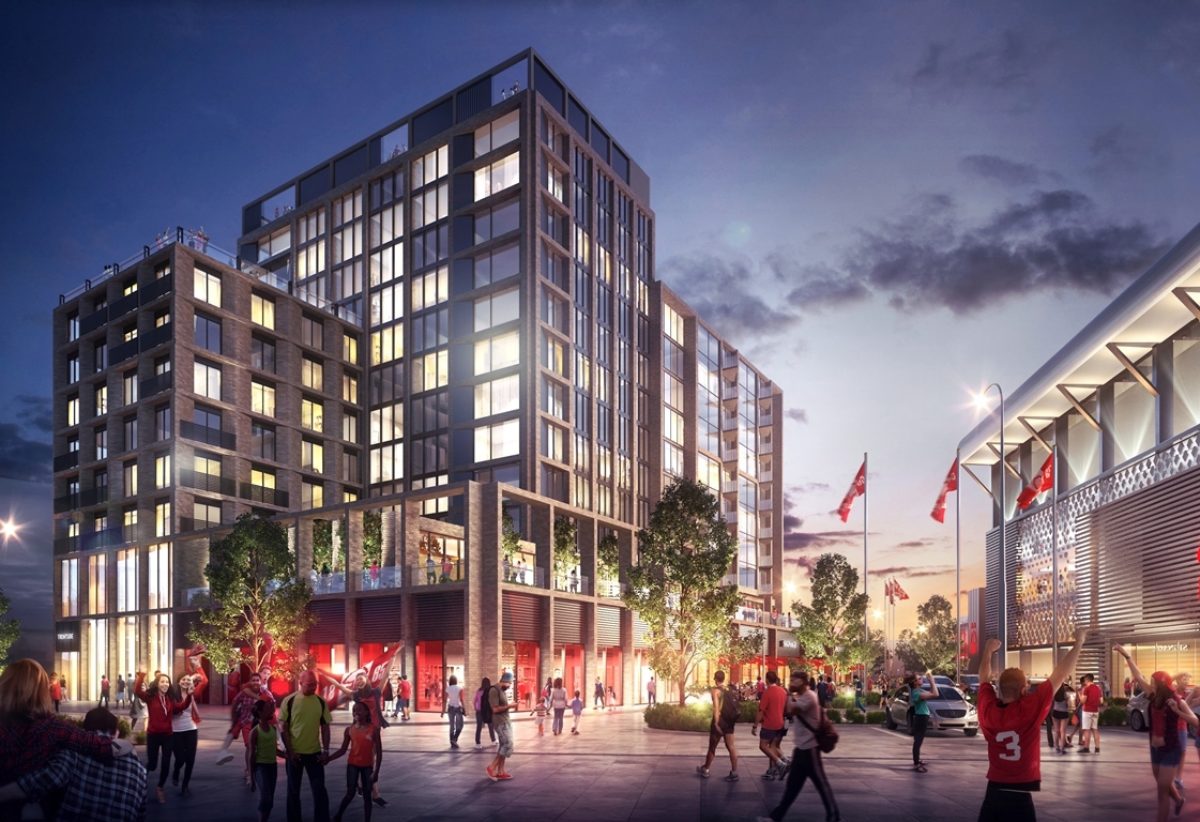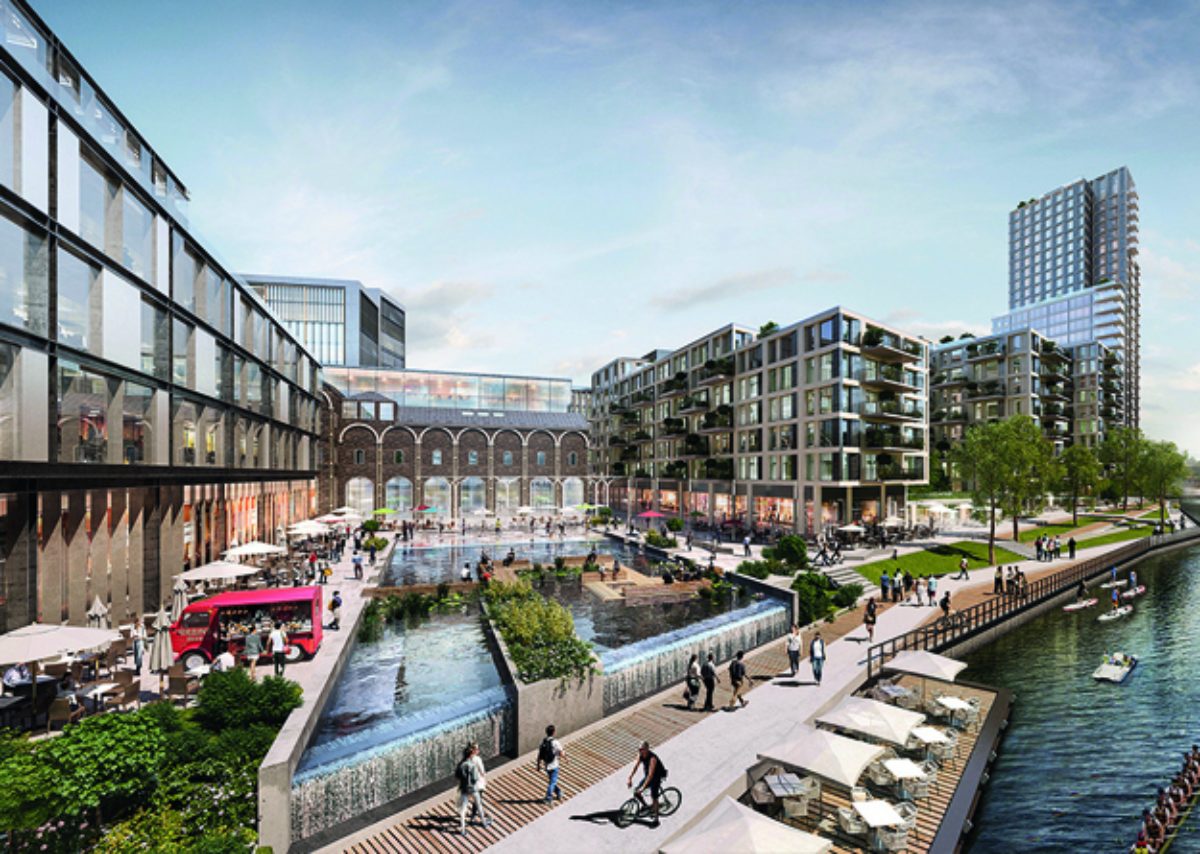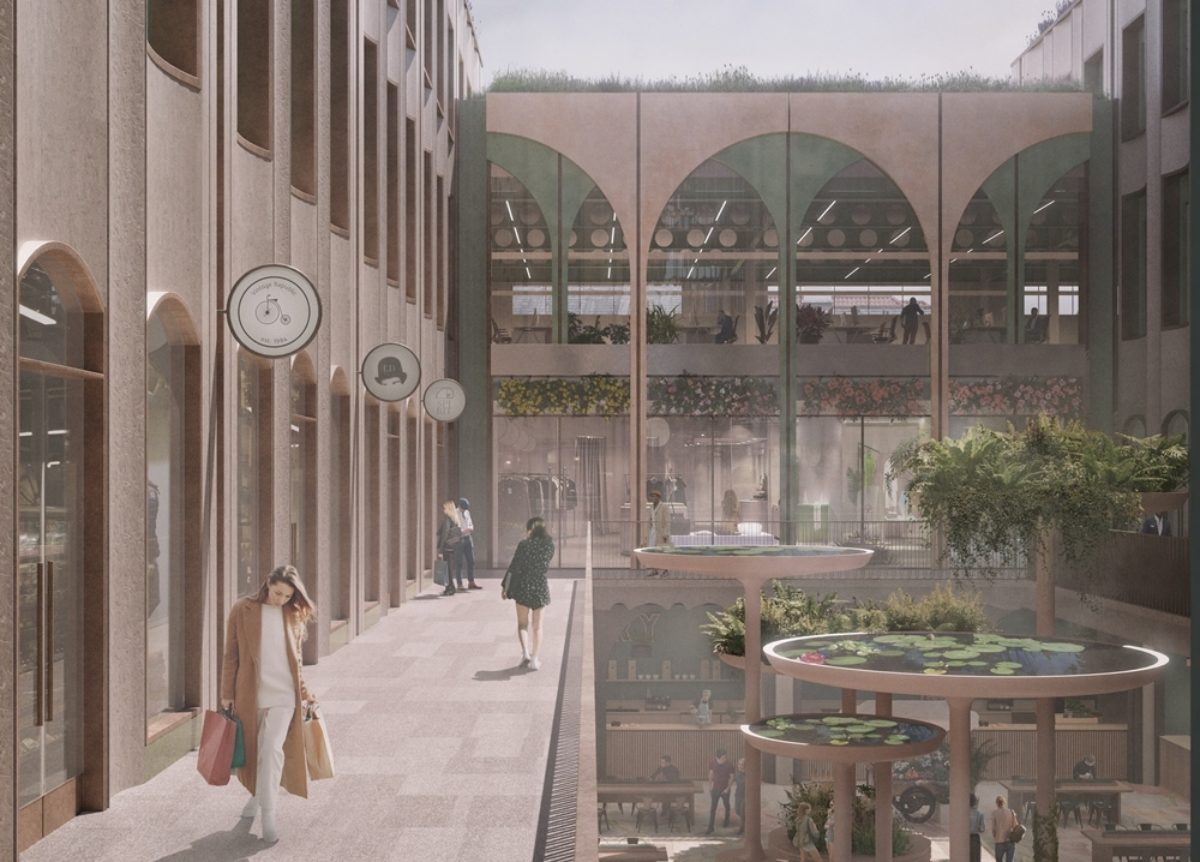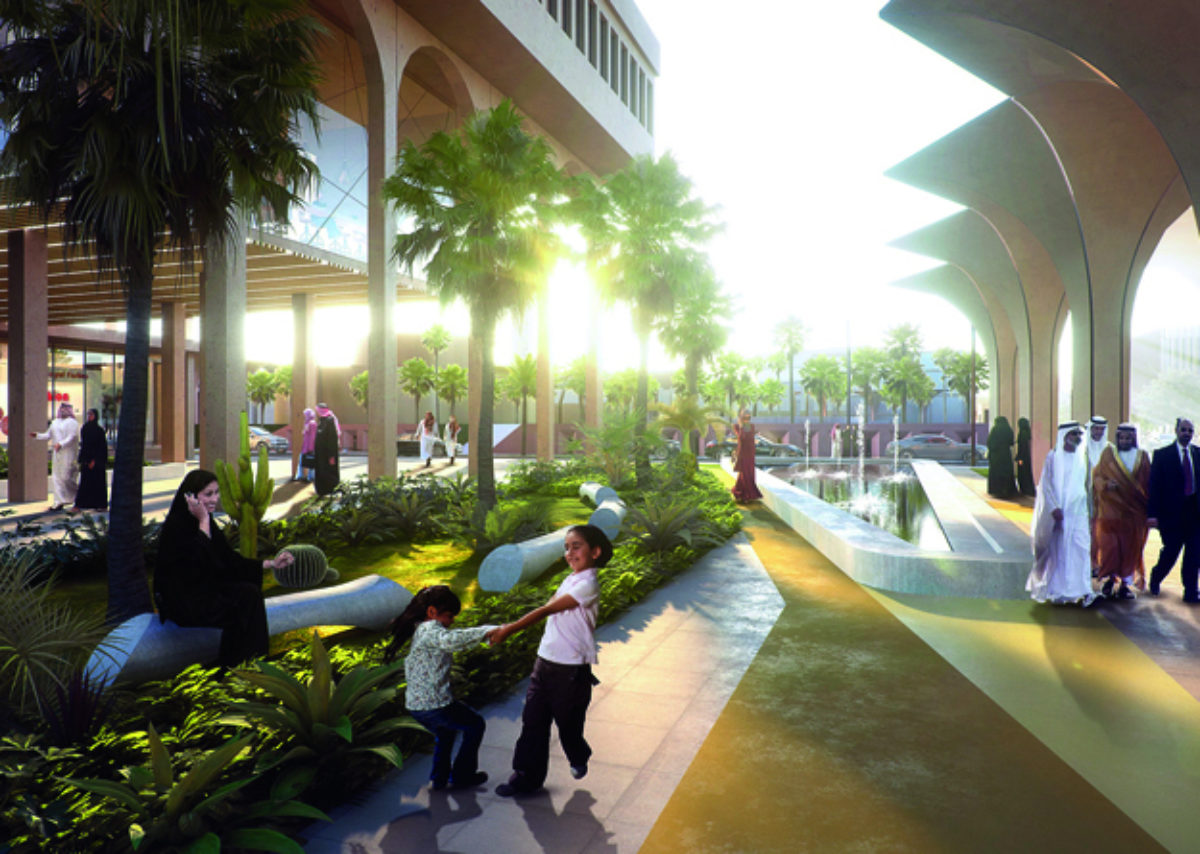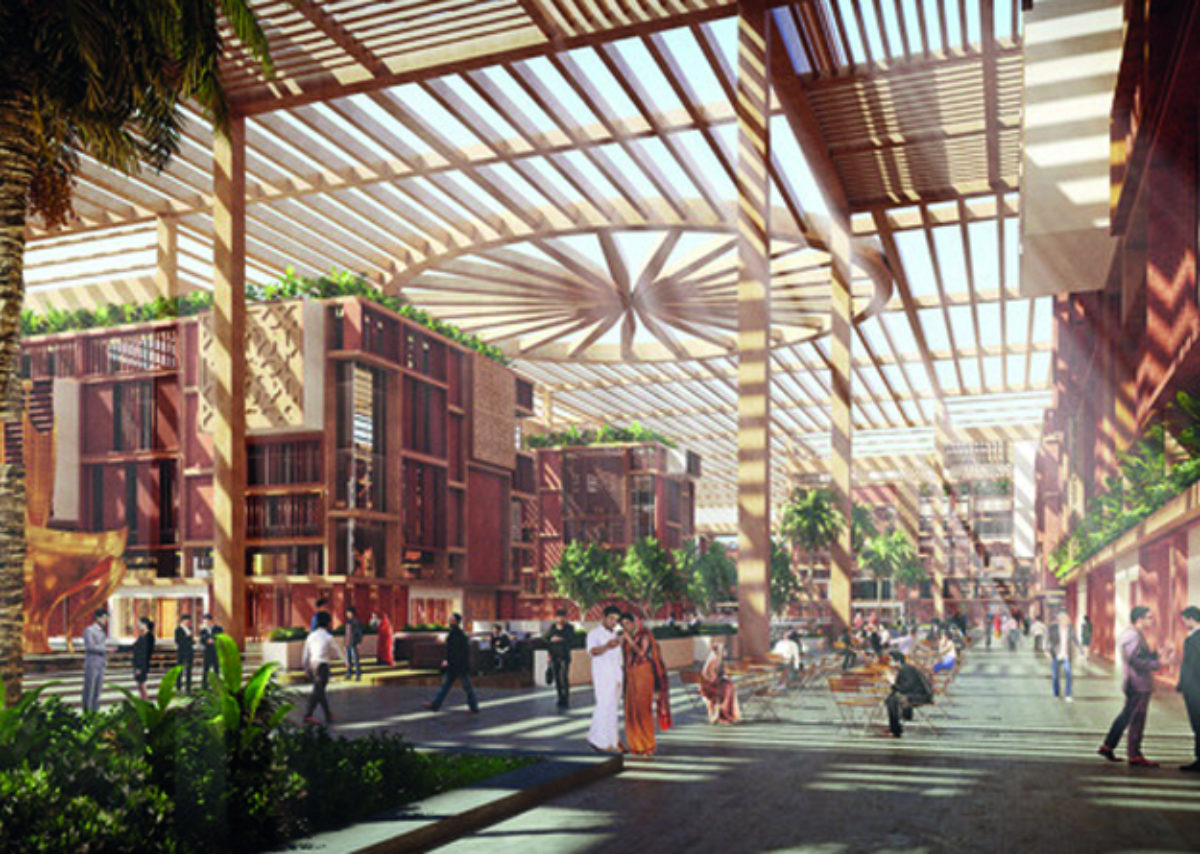Urban environments need to be scaled to human proportions, senses, and experience. Even at city level, designs must be people-centric, focused on the needs and wishes of those who live, work, and play in the urban landscape. Buildings, infrastructure, spaces, and amenities should be accessible and uncomplicated. They should be designed for the end-user, enabling seamless shifts between different functions and activities.
Great places create unique experiences; it is what keeps people rooted, contented, and coming back for more. Because while people want to feel connected and secure, they also want to experience fulfilment and joy. Experience-led urban design focuses on the key moments in people’s lives; enhancing and enriching their everyday; and making urban living not only simpler, but more extraordinary.
Customization and flexibility are also key. Design must adapt to meet people’s changing needs, providing options for personalisation in leisure, tech, and mobility. The mitigation of unnecessary travel is particularly important, with people keen to free up leisure time. In turn, design solutions that facilitate leisure activities should promote wellness and wellbeing, helping people connect to nature, space, and daylight even in dense urban areas.
Finally, a strong people focus means ensuring technology does not compromise human experience. As the march towards ‘smart cities’ gathers pace, it is vital to remember that tech needs to be in tune with place-personality. And while data can enhance, it should never replace, good urban design. By putting people at the heart of urban placemaking, our ultimate aim is to develop ‘smart cities with a soul’.



